In 2019, The Platform (El Hoyo) emerged from nowhere to become one of Netflix’s biggest hits, thanks to its clever mix of horror, social commentary, and obscure narrative elements. Five years later, director Galder Gaztelu-Urrutia tries to repeat the success of his killer recipe.
At first glance, The Platform 2 (El Hoyo 2) looks like just a new horror story unfolding in the same setting as the first movie. Once more, we are introduced to prisoners who wake up in the Pit, a sci-fi prison with 333 floors, through which a platform filled with food slowly descends daily. If those on the upper levels indulge in gluttony until their bellies burst, there’s no food left for those below. However, since prisoners are assigned random floors each month, those who feast can soon be doomed to starve.
The obvious appeal of The Platform lies in how it uses the Pit as a metaphor for human morality. If the prisoners unite, they can organize the banquet so everyone has enough to survive. But is it fair to ask people on top to deprive themselves of sustenance with only promises of unity? What if they are sent below in the next month, and the next upper-level group doesn’t have the same generous heart? So, which is more valuable when resources are scarce, self-preservation or solidarity?
As expected, both The Platform and The Platform 2 use human greed and mistrust as the main ingredients to cook revolting imagery. Nevertheless, The Platform 2 does more than follow the first movie recipe, spicing things up with new ethical conundrums and serving a new batch of intriguing puzzle pieces.
The first movie focused primarily on economic metaphors. For starters, the Pit’s structure is based on trickle-down economics — obviously. Plus, the “eat or be eaten” motto circulating in the depths of the Pit echoes the aggressive competition at the core of capitalism. Still, The Platform is also deeply concerned about how idealism is futile in the face of hunger, and socialist ideals often fall flat because they ignore the cruelty of material needs. These themes are also encrusted in The Platform 2’s script. Yet, the focus of the sequel is actually on religion.
Trapped in the Pit, Perempuán (Milena Smit) and Zamiatin (Hovik Keuchkerian) are quickly introduced to the belief system prisoners put together to ensure everyone’s survival. Loyalists, as they define themselves, preach about justice and equality. Nonetheless, to preserve their vision of an ideal Pit, Loyalists must raise arms against Barbarians, enforcing their worldview by whatever means necessary.
Once again, director Gaztelu-Urrutia is interested in exploring how humans can hide behind truism to justify their bloodiest actions. Still, by focusing on people’s relationship with creeds, The Platform 2 shows the best intentions can often lead to violence and oppression. The goal is to persuade the viewer that human nature is inherently flawed and there’s no hope of people getting along once there’s not enough food on the table. Unfortunately, by crafting the bleakest experience he can, Gaztelu-Urrutia comes across as even more cynical than before.
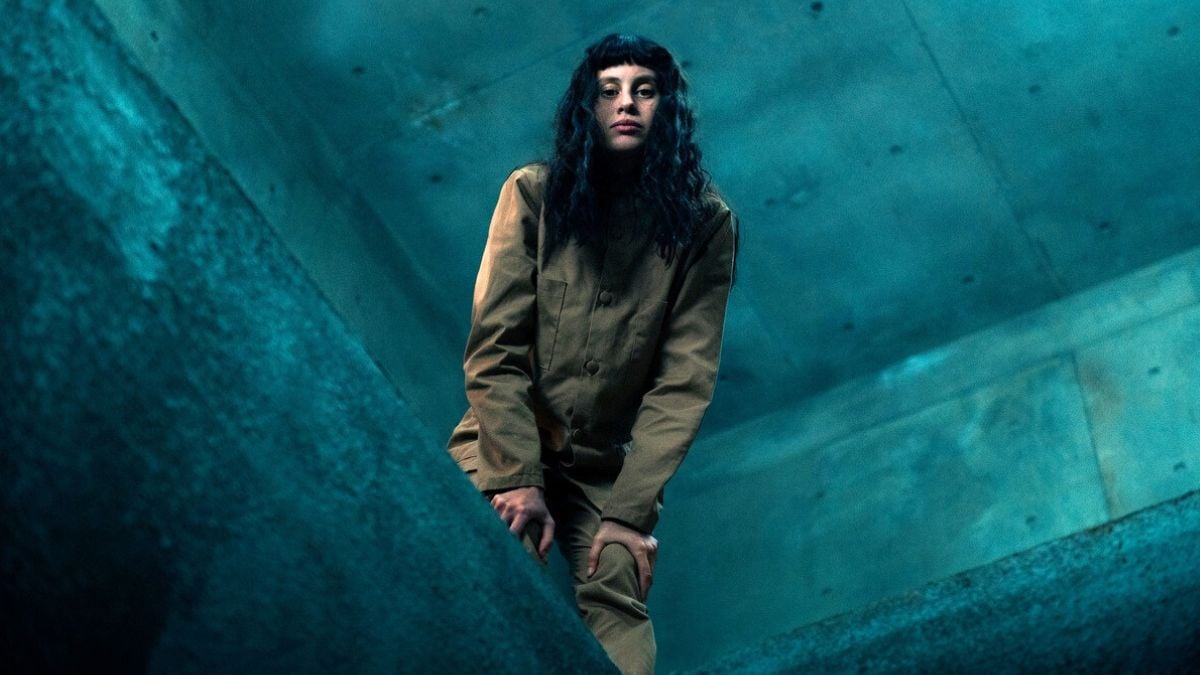
While The Platform deserves its cult following, the movie is not impervious to criticism. Above everything else, The Platform doesn’t always coherently balance story and metaphor. Sometimes, characters make decisions that challenge the audience’s suspension of disbelief only because it’s important for the movie to hammer down its philosophical points. Meanwhile, some scenes muddle the message in the name of shock value. After all, this is still a horror movie that thrives in distressful images.
The Platform 2 didn’t learn anything from its predecessor’s fumbles. That means that the sequel is, first and foremost, a pamphlet intended to demonstrate its writers’ negative view of humanity. Nonetheless, the sequel tries to one-up the first movie’s most appalling moments, which can harm its thesis.
To be fair, people who didn’t bother with these issues in the original movie won’t mind that The Platform 2 repeats the same mistakes. Still, a significant chunk of the first movie’s audience overlooked its shortcomings thanks to how fresh the concept felt. The sequel can’t count on the same goodwill. So, it’s a shame that the team behind The Platform 2 hasn’t embraced the opportunity of doing better. Then again, given how The Platform broke so many Netflix viewership records, perhaps this is just a case of fear of messing up a winning formula.
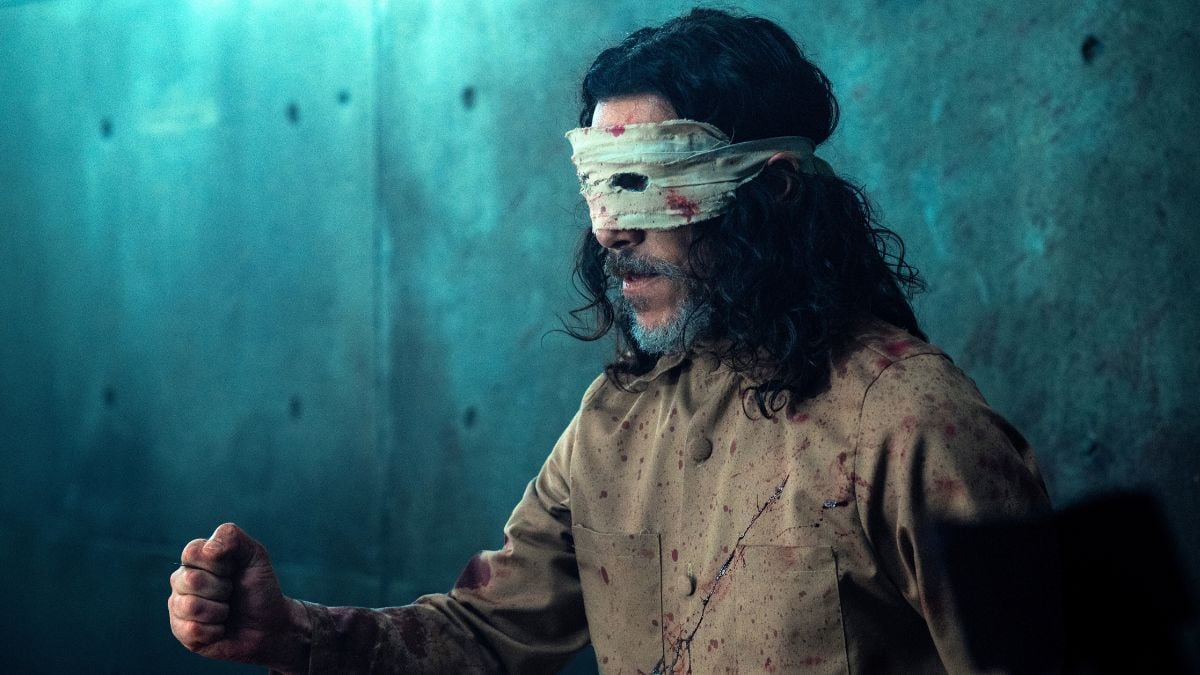
What will be more unanimously ill-perceived in the sequel is how The Platform 2 is determined to make its story purposedly more mysterious. As in the first movie, the sequel’s ending is open to interpretation. However, The Platform 2 also adds abstract scenes in the middle of the story, turns established lore upside down, and creates a constant sense of confusion.
Even if The Platform has many merits, the movie’s success is partially justified by how people went wild online trying to decipher its hidden message. As animals whose evolution has depended upon pattern recognition, we humans are driven by the need to understand the world around us. So, ambiguous endings are a great way to motivate multiple views and keep a story trending. The Platform 2 is well aware of this effect.
The Platform 2 brings David Desola and Pedro Rivero back to scriptwriting duties, with Gaztelu-Urrutia and Egoitz Moreno joining the duo. Together, four minds can come up with plenty of clever ways to assemble a puzzle box, and it’s easy to see The Platform 2 will birth many more fan theories on how the Pit functions and what the Administration wants by investing in such a bizarre social experiment.
The problem is that The Platform 2 goes to extreme lengths to keep things as enigmatic as possible, simultaneously flirting with sci-fi and mysticism to the point where some vital aspects of its universes end up even more cryptic than before. So, by the time the credits roll, The Platform 2 has given few answers and even resurrected questions from the first movie. The quartet’s intention might be to keep people guessing and talking about the film. It also doesn’t hurt to leave so many things open so fans pressure Netflix to greenlight another sequel. Still, it will be interesting to observe if The Platform 2 pushes things too far for the audience.
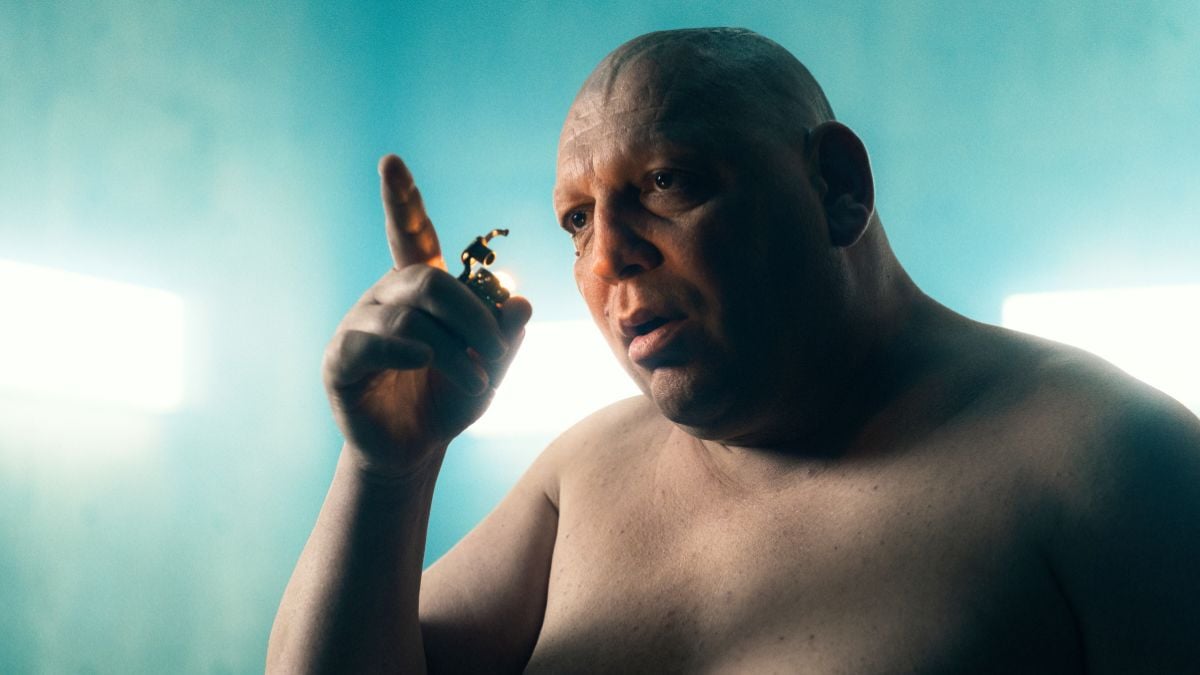
What helps The Platform 2 is that it is still a beautifully directed movie. Cinematographer Jon D. Domínguez returns to teach Hollywood another lesson on minimalism, using color and light to transform an empty room, giving personality to what would have been a bland scenario.
The Platform 2 leans on its fantastic cast to do the heavy lifting regarding character. Keuchkerian has a threatening presence from the minute he appears in the frame, setting the oppressive tone of the movie. In her turn, Smit slowly metamorphoses into a deadly player as the Pit takes her to the brink. Like Iván Massagué’s Goreng before them, Smit and Keuchkerian can add nuance to expository dialogue, which helps wonders when the movie slows down to explain its complex rules. That’s not surprising, as both Smit and Keuchkerian are acting powerhouses. Still, it’s nice to know Netflix managed to snatch such talented people to front The Platform 2.
Overall, there’s a lot to love in The Platform 2, and fans of the first movie won’t waste their time giving the sequel a chance. To keep the universe engaging, though, any potential next installment has to serve something different, lest people get too stuffed before the meal is over.
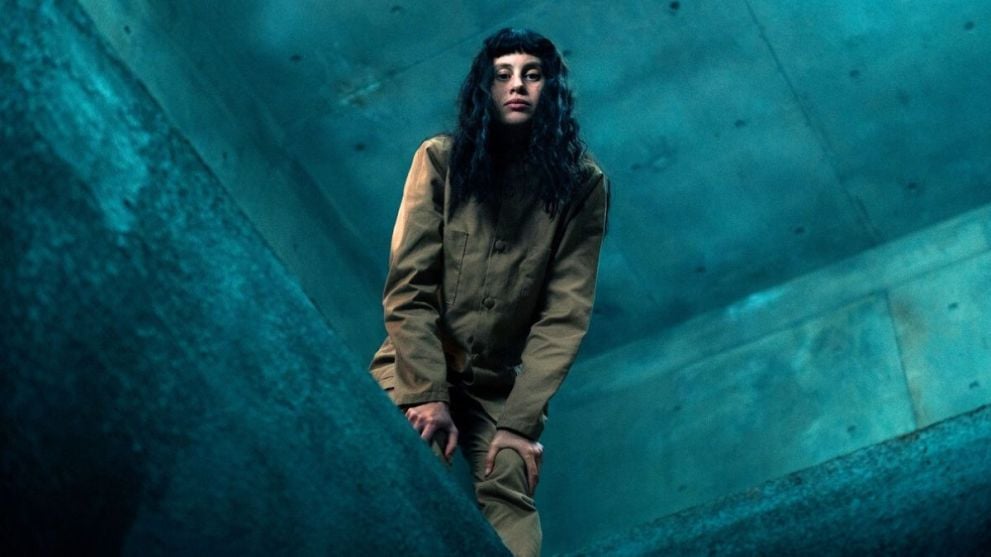
- Expands on the original concept with new themes and ethical dilemmas
- Strong performances from lead actors Milena Smit and Hovik Keuchkerian
- Beautiful cinematography that maximizes the minimalist setting
- Potential to generate further discussions and fan theories
- Maintains the shocking and thought-provoking elements that made the original successful
- Repeats some of the first film's narrative shortcomings
- Deliberately increases confusion and ambiguity, which may frustrate some viewers
- Leaves many questions unanswered, potentially to set up another sequel
- Cynical outlook may be off-putting to some audience members
- Attempts to surpass the original's shocking moments, which could detract from the overall message

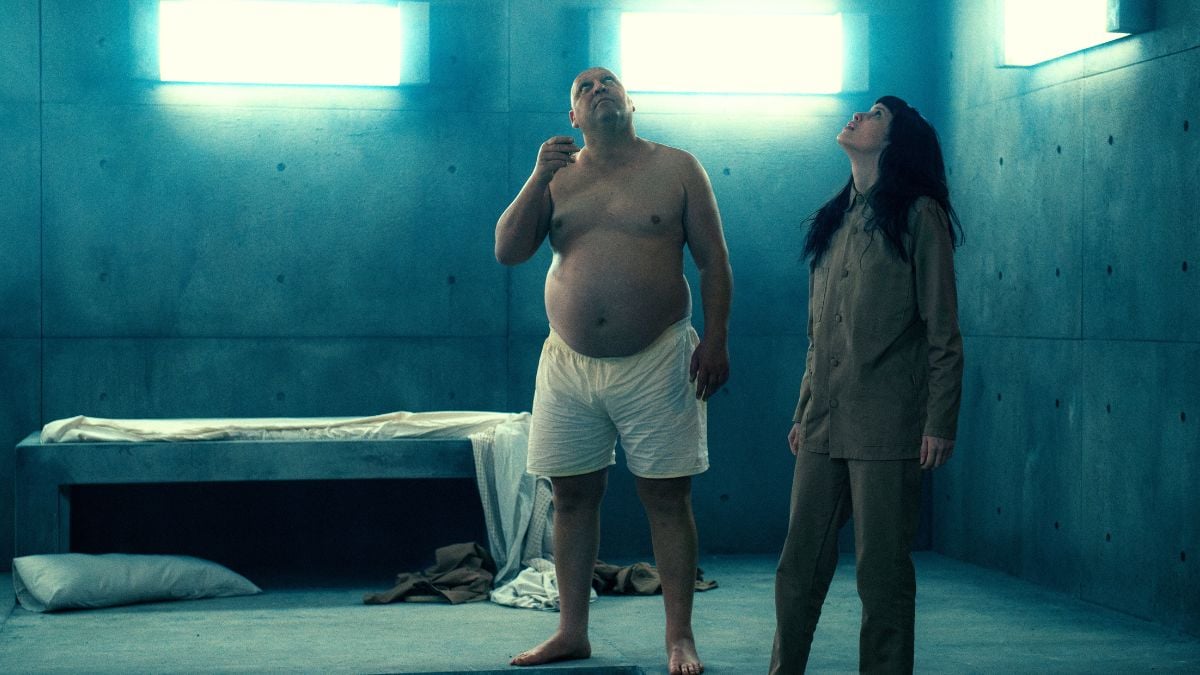
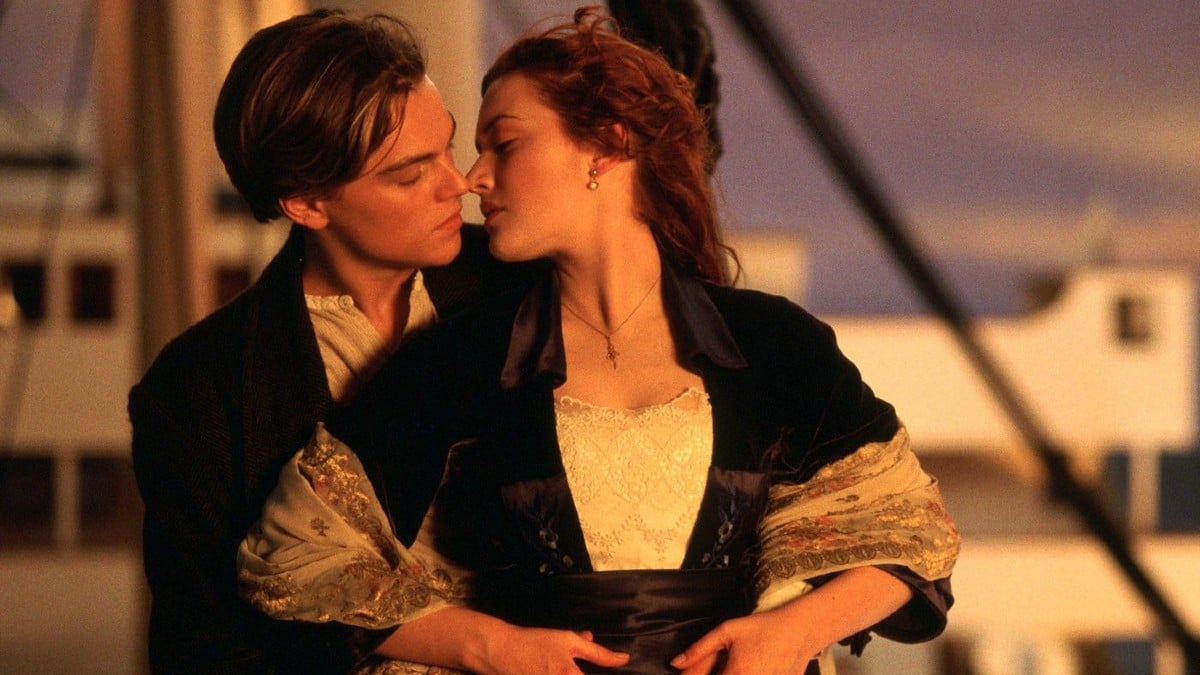
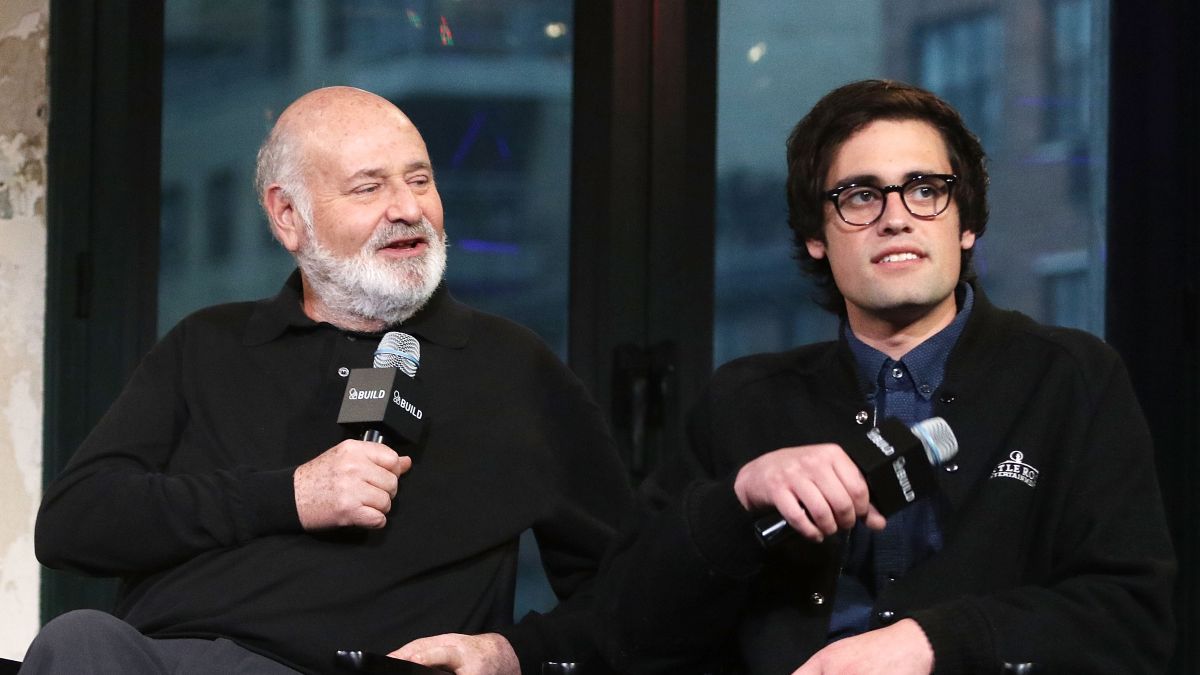
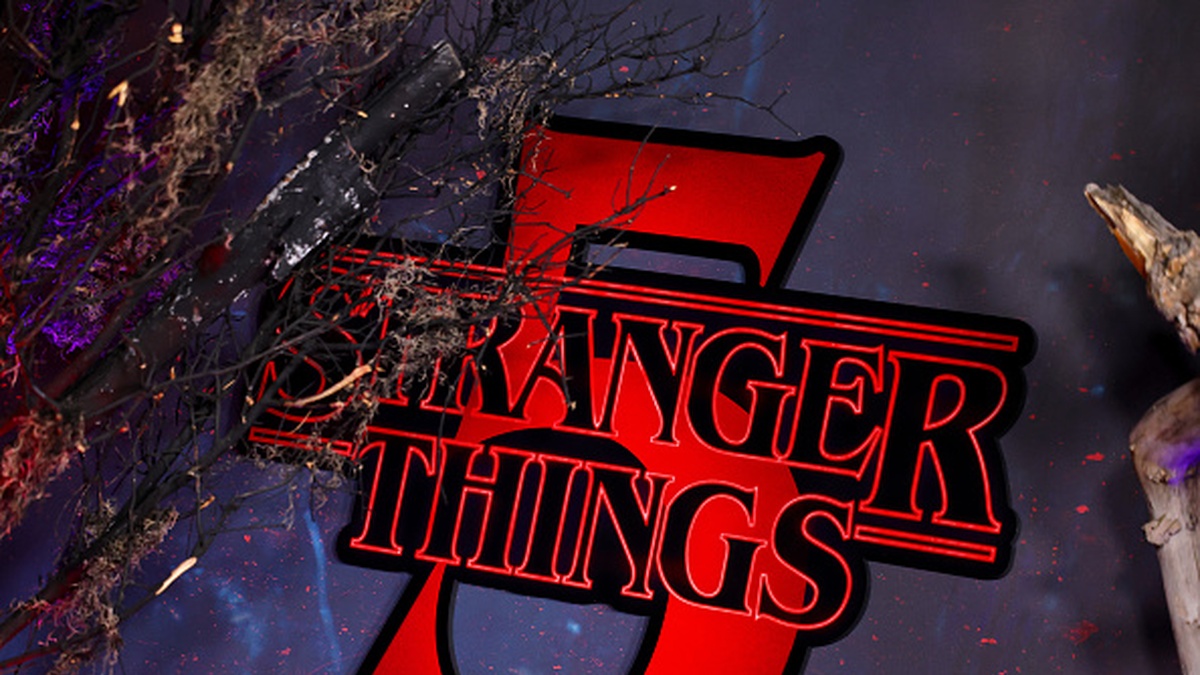
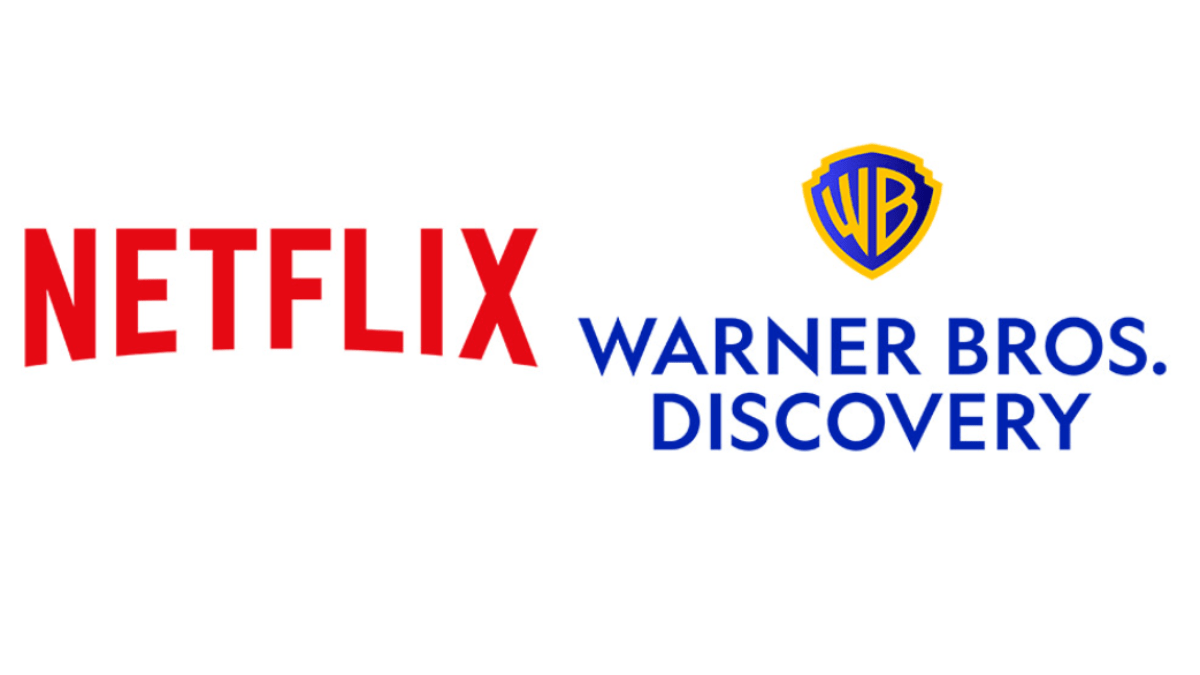
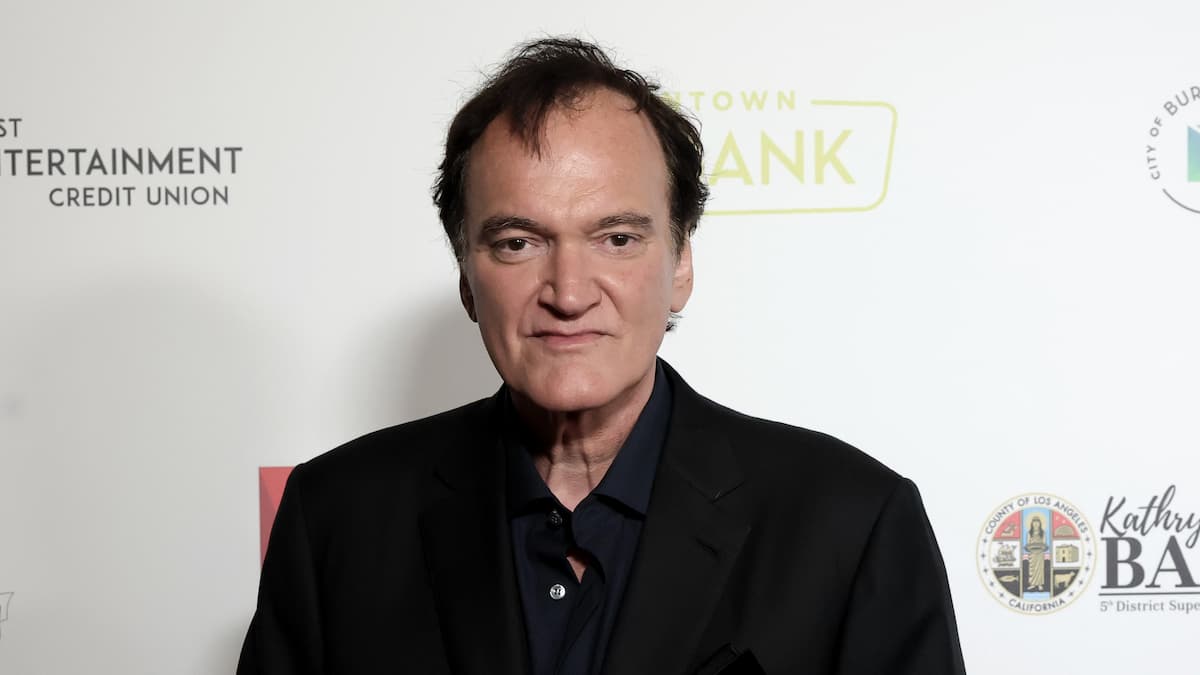
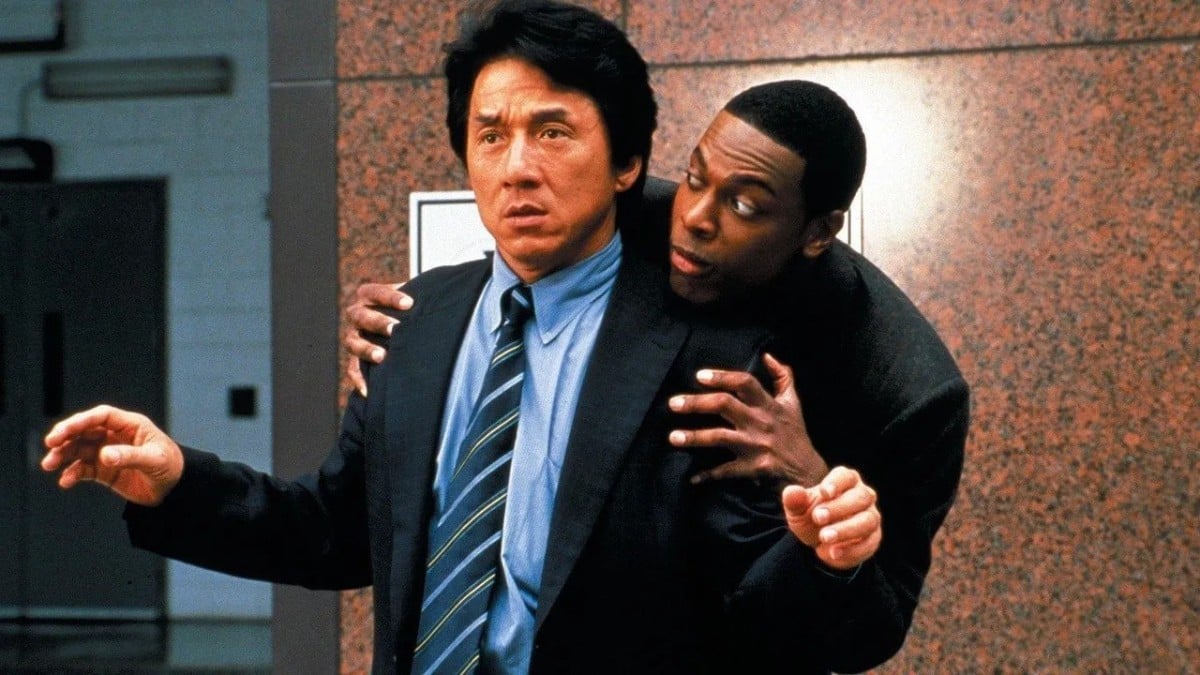
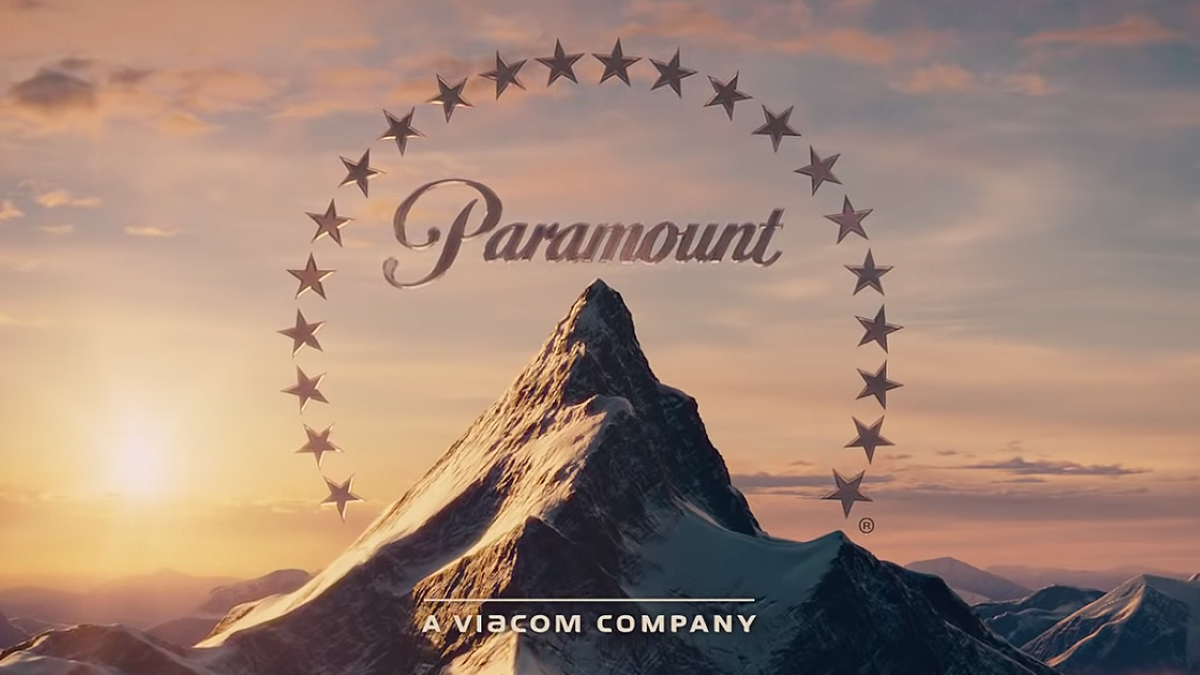
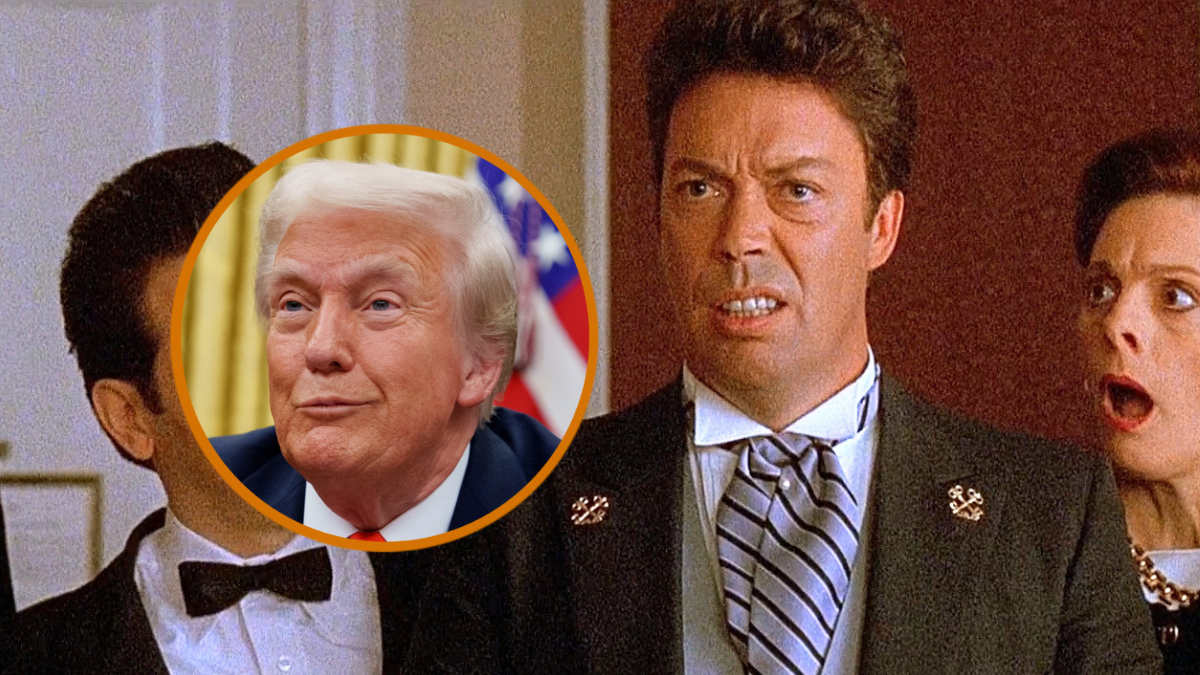

Published: Oct 4, 2024 08:00 am